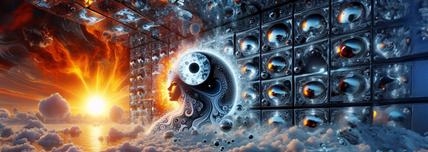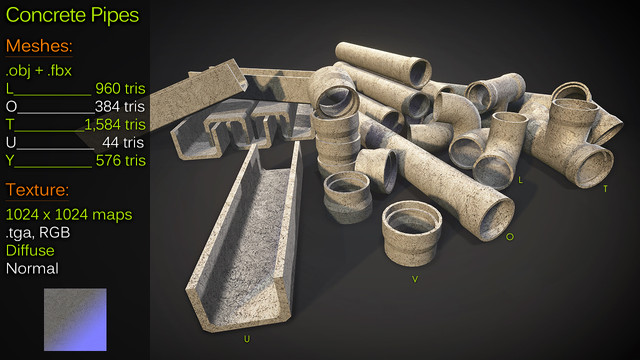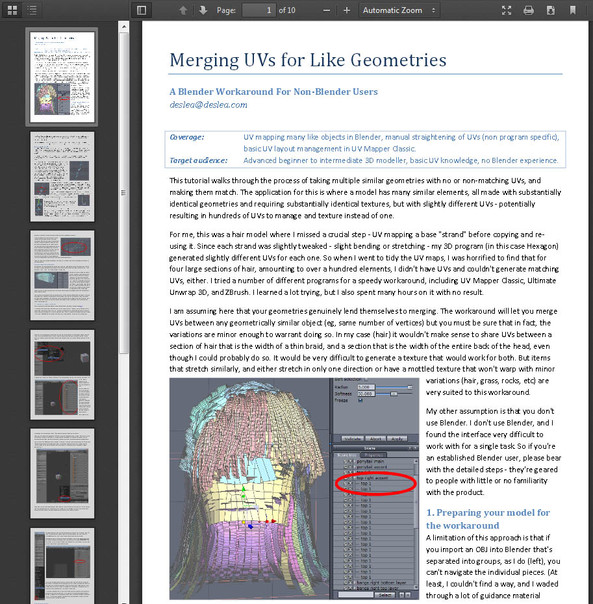HOME | DD
 pnn32 — [Octane] Mesh light and Transmission material
pnn32 — [Octane] Mesh light and Transmission material

Published: 2012-12-24 19:27:29 +0000 UTC; Views: 9183; Favourites: 44; Downloads: 241
Redirect to original
Description
Demonstration of using mesh light and transmission material in Octane Render.See completed work here: [link]
Now some explanations about used techniques:
1) PMC (or pathtracing) render kernel should be used for transmission to work. Also, a lot of samples per pixel required due to presence of single compact light source. You may notice a lot of 'hot pixels' in sample renders, because only 1600 or 2000 spp were reached. Completed work done with 13200 spp.
2) Lamp model from [link]
3) All materials shown are using just RGB values, not texture maps.
Key materials are:
a) Emissive material for bulb: diffuse material with blackbody emission (4200K color temperature, 25W power - simulating real incandescent light bulb).
b) Translucent lampshade: diffuse material, with transmission assigned to desired color (dark green here).
c) Metallic parts: glossy materials are used to make reflections and glares.
4) Scene composed in Poser, rendered in Octane; blocks, lines and labels composed in Paint.NET.
Related content
Comments: 12

Thank you for this! I've been having some Mesh lighting issues lately. You are kind to share your knowledge.
👍: 0 ⏩: 1

Mesh lighting is very helpful in creating of lifelike images, but... takes a lot of time to render with appropriate quality. I'd also recommend you to try IES light models for realistic interior renders.
👍: 0 ⏩: 1

Thanks for the awesome info. Is there an available tutorial on using IES LM in Octane/Poser Plug-in?
You can note me if you want.
Thanks again!
Cheryl
👍: 0 ⏩: 1

IIRC, there is description of using IES files on Octane's manual, but it's very simple in any case.. just set 'Distribution' node to 'Grayscale Image' and select .ies file (there are many ies files available, for example from Philips products www.usa.lighting.philips.com/c… ).
👍: 0 ⏩: 1

Thank you, as a newbie to Octane this is a big help.
👍: 0 ⏩: 0

Thanks for this! Gonna be difficult to get it in 3Delight, but I'm told it's doable
👍: 0 ⏩: 1

Unfortunately, these tips are primarily applies for unbiased (physically correct) render engines (such as Octane or LuxRender). In 3Delight it's possible to emulate color spots using directed spot lights. Or you can even try Octane (there is free demo of it [link] ) or LuxRender (it's also free,but I'm not sure about its compatibility with DAZStudio).
👍: 0 ⏩: 0

This is very useful indeed. Thanks so much for taking the time to create this.
👍: 0 ⏩: 0





























